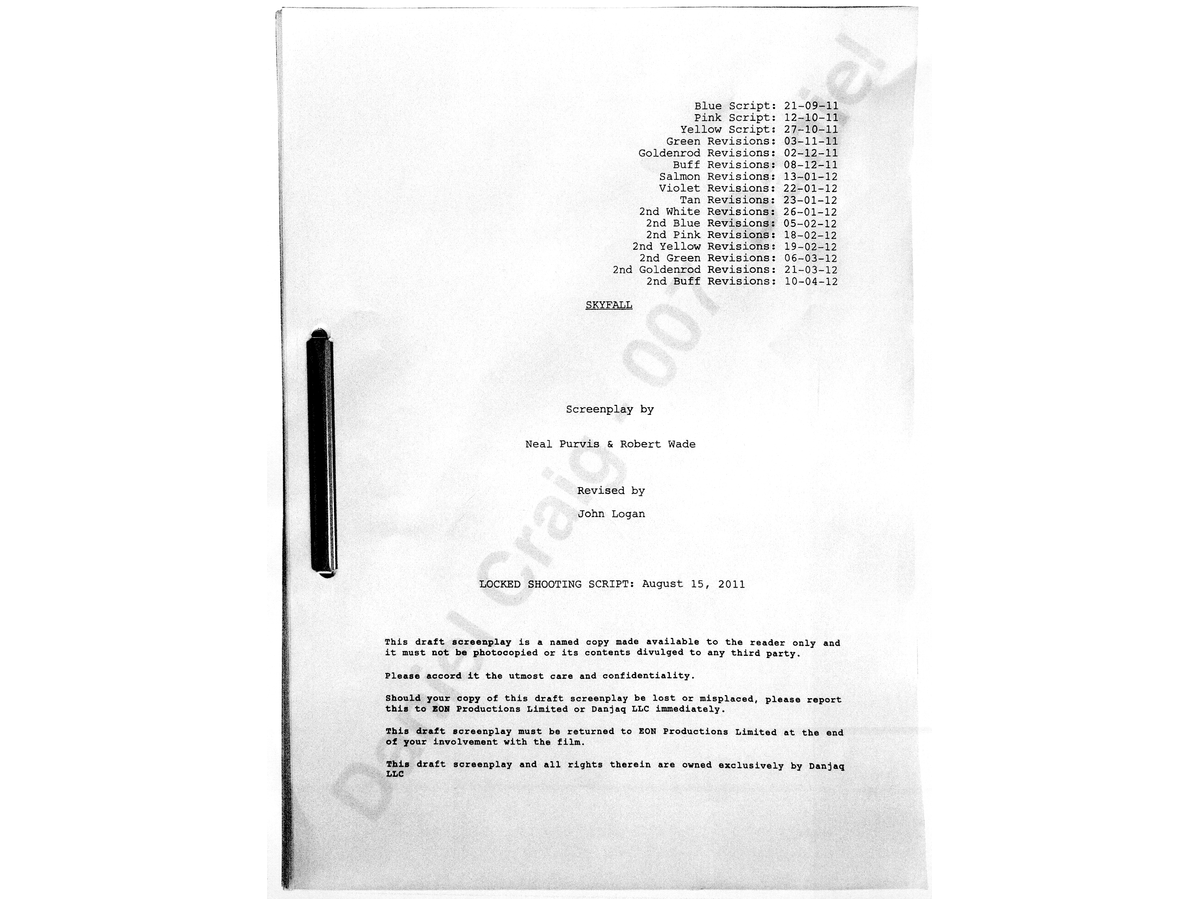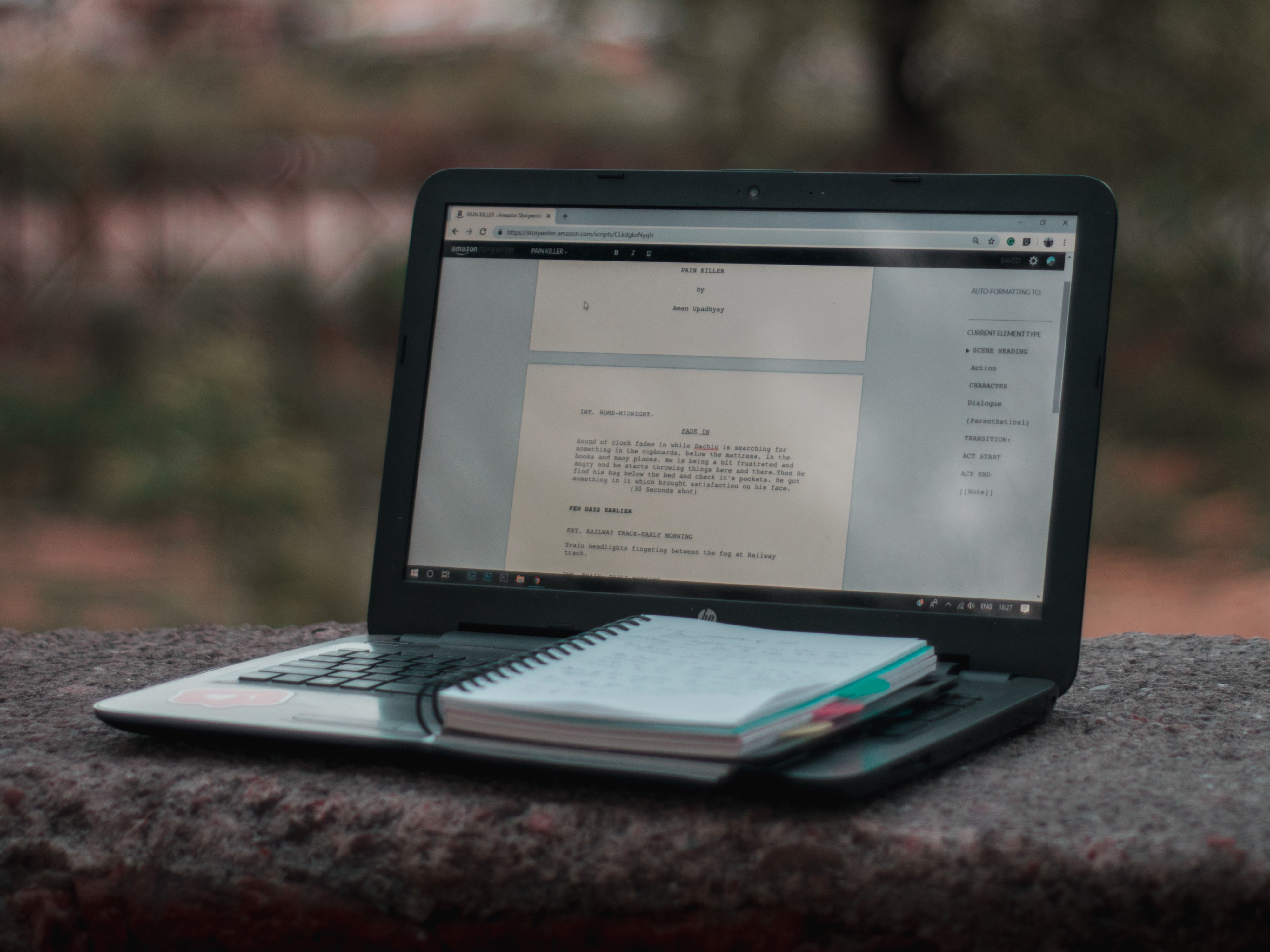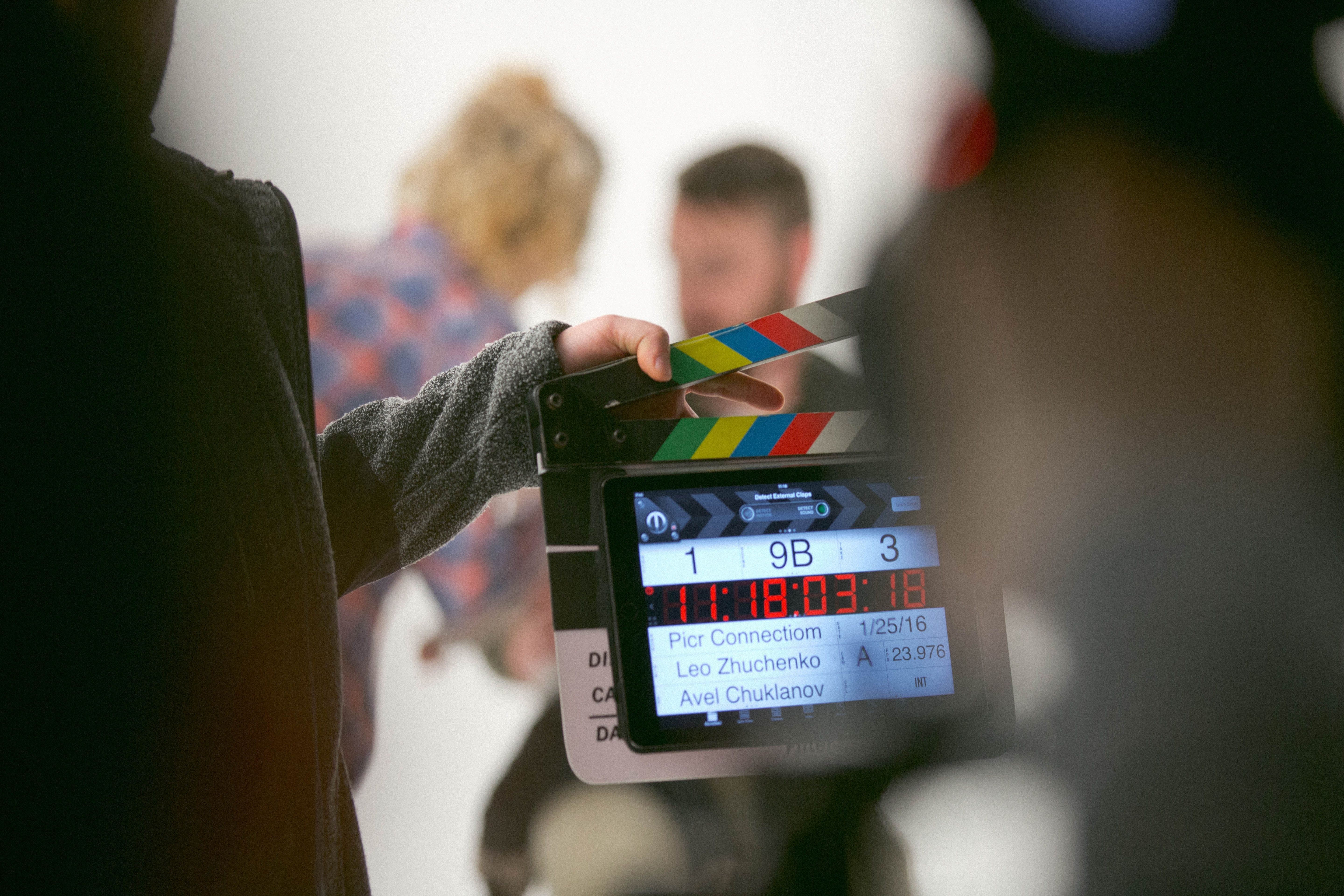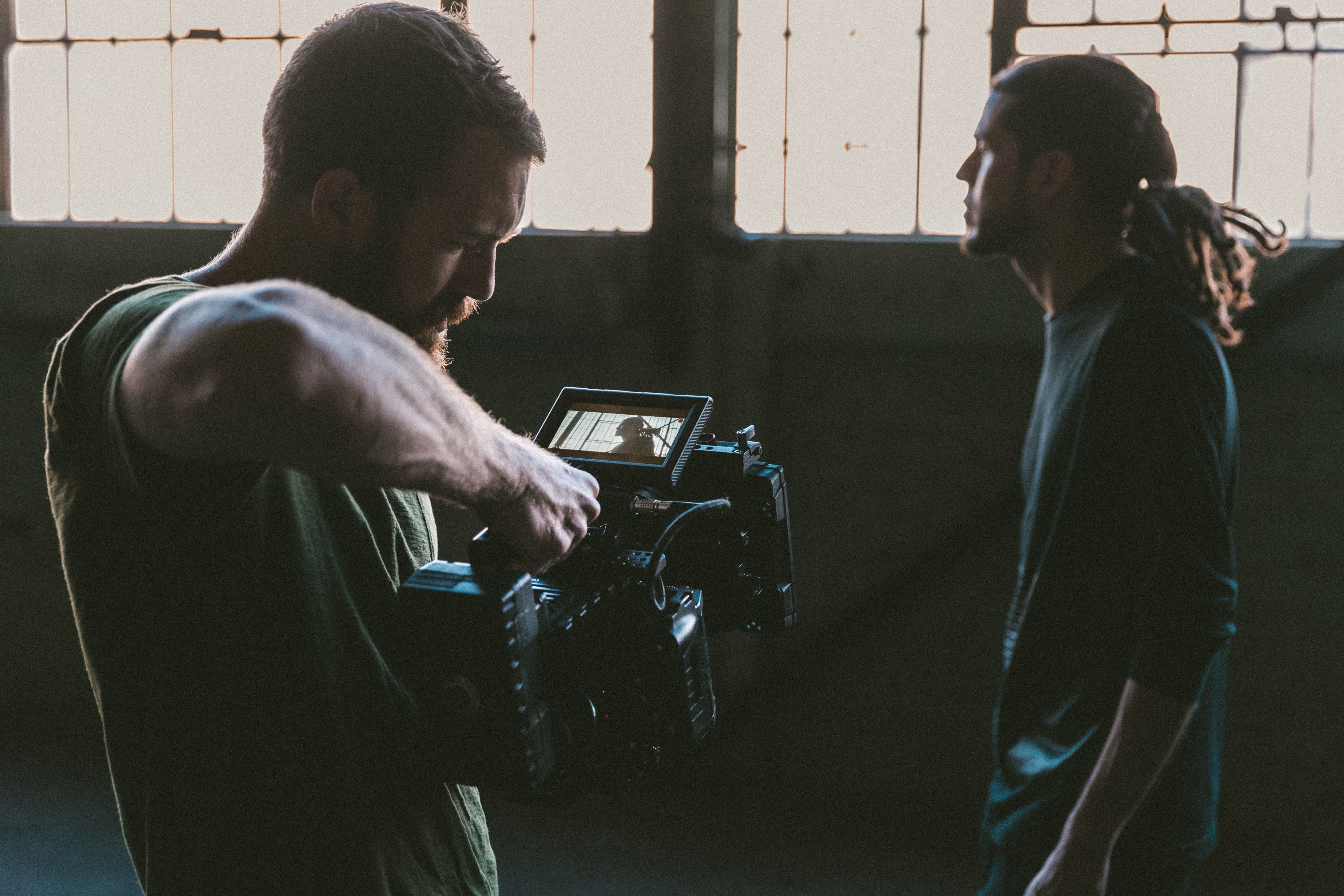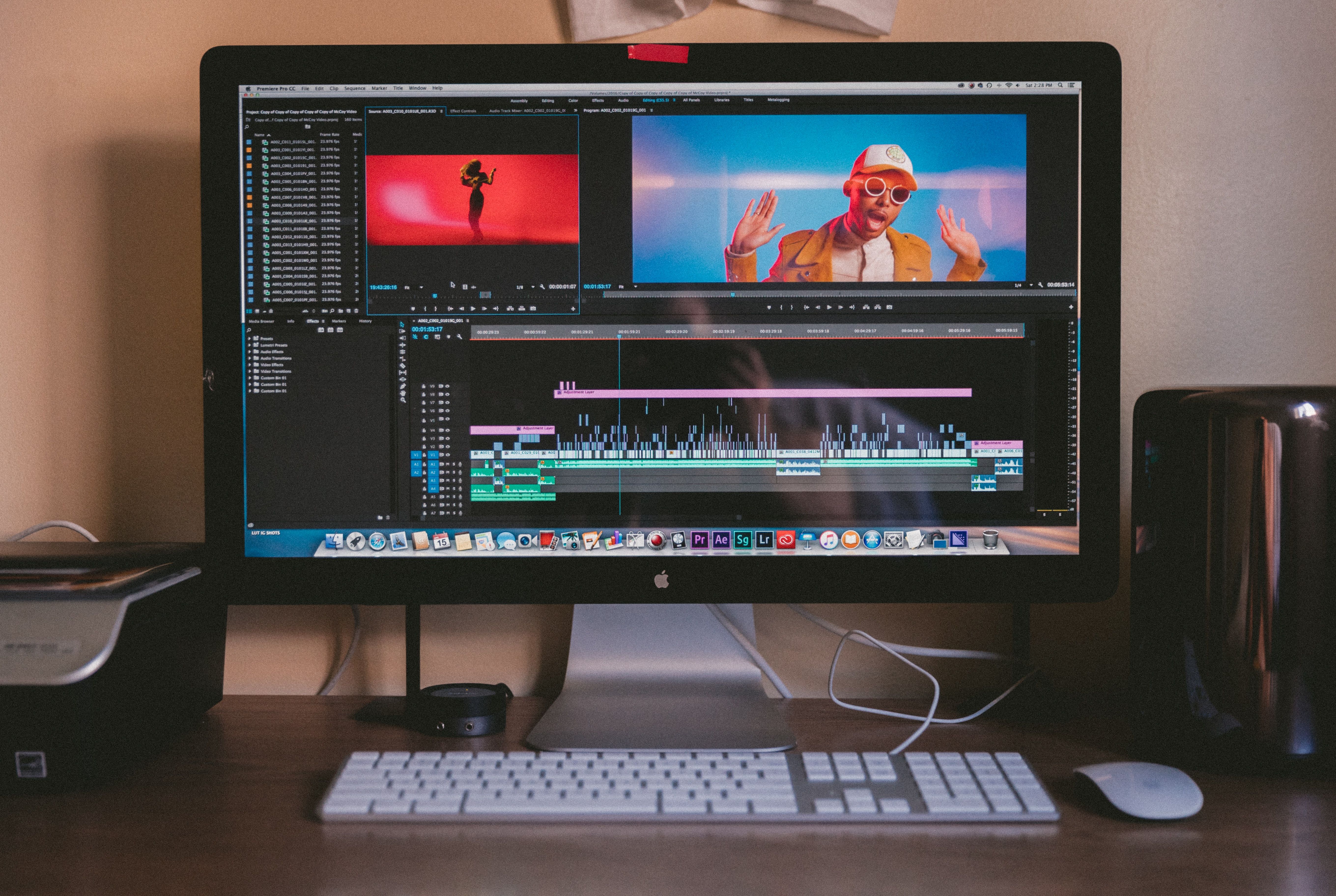Movies can be so depressing nowadays. Instead of watching the Godfather of our time, we've got nothing to choose from aside from the latest Adam Sandler joint and Transformers 47. Where are the game-changers? Could you be one of them?
If you dream big about a future in Hollywood, busting in is as easy as creating something that people love. Read on to learn how to create a movie when you've never created a movie before.
How to Make a Movie: It All Starts With a Story
This doesn't always have to come in the form of a script, at least not from the get-go—the source material for this craft is life.
We love filmmaking because we're able to make even humble stories feel larger than life, taking on titanic proportions. Your story should be one that you feel for deeply; forget about action at this stage.
Some stories come from the heart, but others come from the world that surrounds us. Documentarians find stories around them to tell, following real people and events instead of authoring their own. Other types of filmmakers might prefer to adapt existing stories for the screen, such as fables or novels.
Those looking to break into narrative filmmaking should hone their skills in the art of storytelling by way of script. If you want to create any work of fiction, original or commodified, you'll almost certainly need a script to follow as you shoot.
Once you've got the right script, you're ready to start planning.
It's Time to Start Planning
With your script in front of you, it's time to visualize how to start your film. What will you need for your shoot? What would you like to accomplish, and how will it all get done?
Chances are, you're interested in creating a live-action production, something that you can shoot with your camera. Things like stop-motion and other niche domains might require additional resources, skills, and accommodations. Research always helps.
A professional script breakdown should be your next move. On a printed version of your script, start highlighting everything—characters in red, props in blue, locations in yellow, special effects in purple, and so on.
A shot list and a storyboard will naturally follow. Do you have a cinematographer on board? Whether it's another person or just you brainstorming with yourself, try your best to draw out a rough thumbnail corresponding to each shot making up each scene in your script.
Having a storyboard in front of you not only clarifies your vision but also gets your gears turning about anything important on-screen or off that you'll need to plan for when it's time to actually shoot the project.
With your script broken down into a shot list and your storyboard leading the way, you can start thinking on a scene-by-scene basis and draft an initial pass at a shooting schedule.
How long does it take to film a movie? If scenes two, seven, and nine all take place at the library, you might be able to knock all three out in one day if you play your cards right.
Start Pooling Your Resources
There are very few required pieces of equipment for DIY filmmaking:
- A camera
- A microphone and an audio recorder
- Editing software
This list is short, but don't be fooled: a great project really comes down to you and the amount of effort and time that you're willing to commit.
Aside from any peripheral accessories, cables, and other miscellanea associated with the list above (such as an SD card for your camera and an XLR cable for your microphone), you might also be interested in the following:
- Lights and film gear to modify them
- A light meter
- A slate clapperboard
- More involved production design—props, locations, and costumes
- Camera support, such as a Glidecam or a shoulder mount rig
- Drones, GoPros, and other specialty cameras
- Advanced special effects software
- Exhibition considerations
- A professional crew, hired from the outside
If you're anything like us, your crew is just a couple of people that you know. You likely don't need to hire anybody at this point in your career—if you have somebody who can run the camera, somebody who can hold the mic, and somebody acting on-screen, that's the ball game. Your circle will grow with time and with each new cinematic undertaking.
Once your script, your schedule, your plan, and your roster of collaborators have all been finalized, all that's left to do is wait for day one.
Best Practices for On-Set Success
Once you finally land on set for your first day, how do you make a movie that looks exactly like the one in your head?
Breaking ground is as easy as setting up for the first shot on your schedule. Here are some tips for a smooth day of DIY filmmaking:
- Follow your schedule; avoid veering off unless you're about to miss something truly irreplicable.
- Make the actors your priority. After conveying the character to them, allow them to step into their new shoes authentically. Follow them through each scene and listen to what they have to say.
- Work efficiently to save time throughout the day. The more time that you save, the more that you have later on to really lean into the performances for more emotionally-charged scenes.
- Insert shots are important. If your actor is trembling and waiting to unleash their creative energy, you don't want to waste time grabbing shots of them doing things like picking up their glass of water. Instead, finish the meat of the scene, and, while they recover, you can pick up all of these random inserts with other peoples' hands and feet.
- Good audio quality speaks volumes. Make sure that everybody is quiet when the camera and the mic start to roll. You'll want to make sure that you get room tone and wild lines for each set-up and scene; both of these will help you craft a professional-sounding final mix-down in post-production.
Your first bonafide film production? It's probably going to be a mess. The industry's best-kept secret: all of them are.
Murphy's Law reigns supreme here; if it can go wrong, it will, and you shouldn't sweat it. Just keep on keeping on until you've gathered all of the pieces that you need. It's officially time to put it all together.
How to Make a Movie Shine in Post-Production
If you're editing your project yourself, nobody knows what needs to happen better than you do.
After ingesting your footage, you can either log and organize everything or simply dive right in. The first step will usually be syncing all of your footage to the audio from your external recorder. Once that's taken care of, you can start slapping it all together.
An assembly cut is the simplest possible sequence of all of your favorite takes. Once you have a basic foundation like this in front of you, refining it will be something that comes intuitively. Keep tweaking and adjusting until you can watch through each scene without jarring yourself. Then, you can work on stitching the whole thing together seamlessly.
By this point, you may be asking yourself if is anything missing. Re-shoots suck, but sometimes they might be necessary. ADR (automated dialogue replacement) can be used to salvage any useable shot with poor accompanying audio. It's usually a lot less of a hassle to do this than it is to pull a skeleton crew together after the fact.
Once everything is satisfactorily in place, you're ready to lock picture and sound. You'll want to do this before doing anything crazy, like creating composite visual effects or coloring the piece in a program like DaVinci Resolve.
Locking picture and sound first ensures that you'll never need to do the same job twice—that's time saved for more important things, like practicing your speech for the Oscars this year. We would like to thank the academy.
We Made a Movie! Now What?
Ah, yes. The sweet stench of victory. With your first official film credit under your belt, you're ready to share your passion with the world.
Depending on how ambitious you are, this can be as simple as uploading it to YouTube or as serious as vying for gallery space in your local art house. In either case, it's never too early to start thinking about the next project in the pipeline. Where will you take your audience this time?


